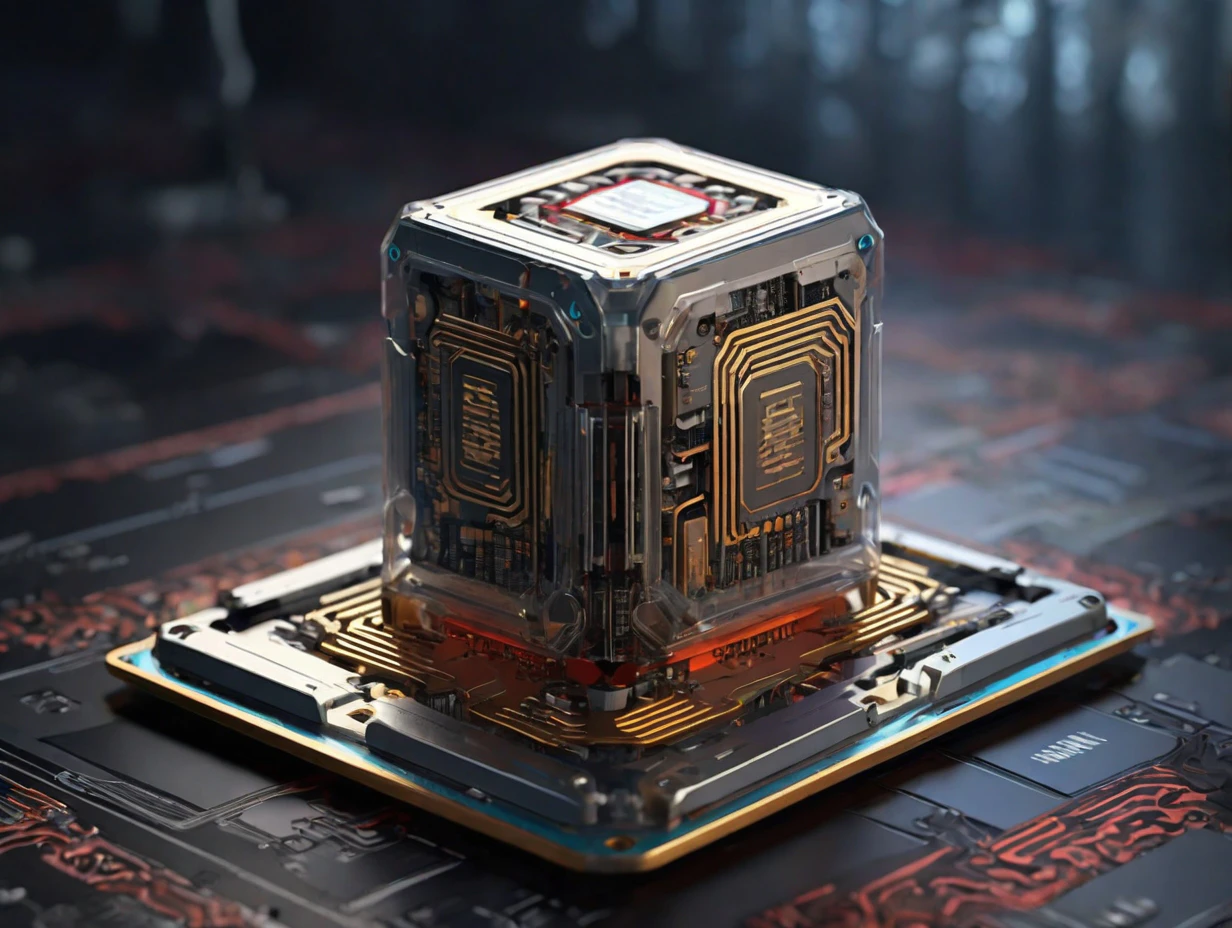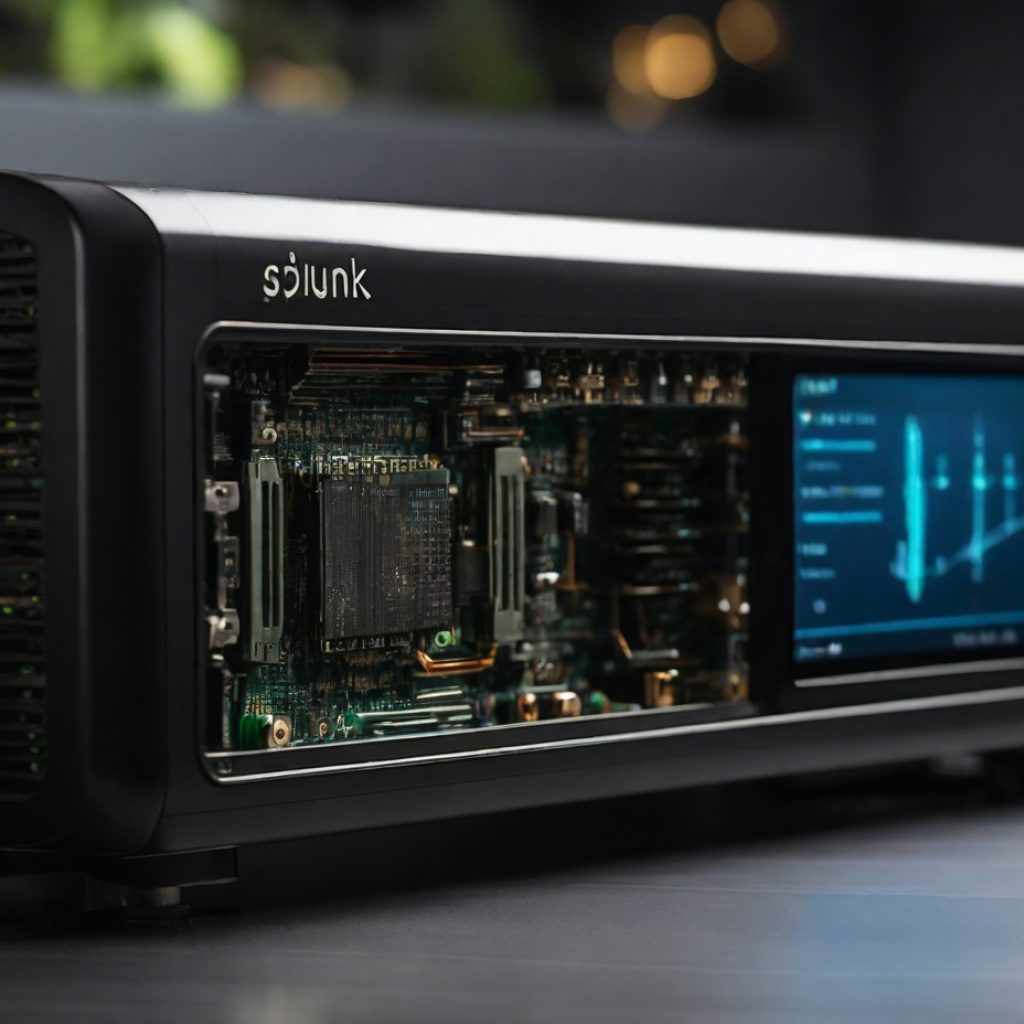High-performance GPU power consumption is becoming more and more prominent in the ever changing graphics card market. Recent reports suggest that Nvidia’s next-gen GB200 AI accelerator could push the boundaries by drawing a staggering 1,000 watts, marking a significant leap from current flagship cards’ already hefty power consumption.
Dell COO Jeffrey Clarke’s revelation during the Q4 2024 earnings call sent shockwaves to the tech community. According to Clarke, the thermal characterization of the GB200 AI accelerator indicates an unprecedented energy density of 1,000 watts per GPU. While he mentions the B200, Nvidia’s roadmap only includes the B100, leading to speculation that Clarke may have misspoken, referring instead to the GB200, a fusion of the B100 GPU and the Grace CPU.
The GB200, part of the Blackwell architecture, is poised to redefine the landscape of datacenter GPUs, focusing squarely on performance rather than considerations like fan speeds and power consumption. It is anticipated to play a pivotal role in shaping the future of cloud AI systems well into 2025 and beyond.
The implications for your next upgrade
As enthusiasts eagerly anticipate their next GPU upgrade, the power-hungry trend raises questions about the feasibility of integrating such high-wattage cards into conventional desktop setups. While the current generation already sees GPUs like the RTX 4090 demanding 450 watts, the prospect of a 1,000-watt behemoth challenges the limits of a typical ATX PC.
Despite the formidable power requirements, the demand for high-performance AI accelerators continues to surge. Nvidia’s ascent to the third-largest company by market cap underscores the growing importance of AI in today’s tech landscape, with the RTX 4070 and RTX 3080 Founders Edition graphics cards positioned as key players in this evolving ecosystem.
As power consumption becomes a pivotal consideration for gamers and professionals alike, concerns arise regarding such high-wattage GPUs’ environmental impact and practicality. The leaked images of a quad-slot Founders Edition cooler for a potential RTX 4090 Ti hint at the escalating power demands. While the 500-watt barrier is already surpassed, the possibility of a 600-watt or higher GPU looms.
Personal anecdotes from users running a 450-watt RTX 4090 shed light on the challenges of managing heat in confined spaces. The idea of a 600-watt card raises valid concerns about its impact on ambient temperatures, especially during warmer months.
Balancing power and efficiency
Amid escalating power consumption, hopes are pinned on future releases like the RTX 5060 and RTX 5070 to maintain their predecessors’ power efficiency and performance per watt characteristics. With the RTX 4060 and recently released RTX 4070 Super setting the standard, users are optimistic about the potential for more sustainable, high-performance options.
As the industry grapples with the evolving demands of AI and graphics-intensive applications, finding a delicate balance between power and efficiency remains crucial. The emergence of quad-slot or AIO-cooled cards for high-end Blackwell-based GPUs may become the norm, especially for overclocked models, as manufacturers strive to deliver optimal performance without compromising user experience.





